Main components
- NRF51822 based BLE microcontroller, €4.69
- GPS module including accellerometer, €9.27
- Electronic compass €4.03
- 800 mAh Li Ion battery €4.48
- Solar cell €1.27
- Solar charging circuit: Undecided
Main BOM cost: €23.74
Power Budget
GPS: 11 mA @ 3.3V = 36 mW
Compass: 500 nW
nRF BLE CPU & Radio: about 1 mA @ 3.3V when active: 3.3 mW.
Total when active: about 40 mW. An 800 mAh LiPo battery would power it for 74 active hours, or about 9 days of 8 hour use with no added power.
I have bought 0.6W solar cells. Even if they deliver a fraction of the rated power, it should be sufficient to keep the battery charged.
Communication
There is a standard Bluetooth Low Energy profile called "Location and Navigation" which we can use.
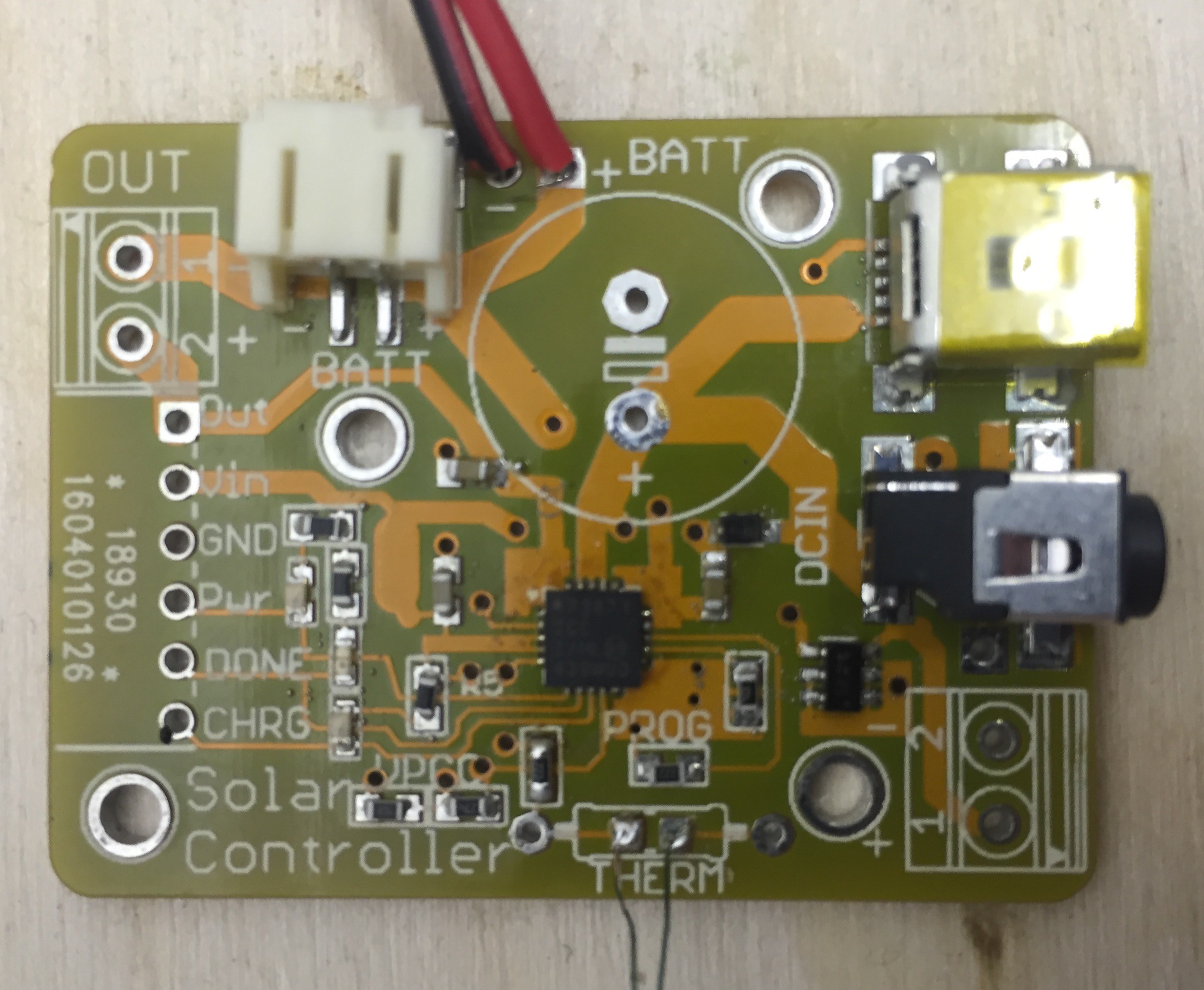
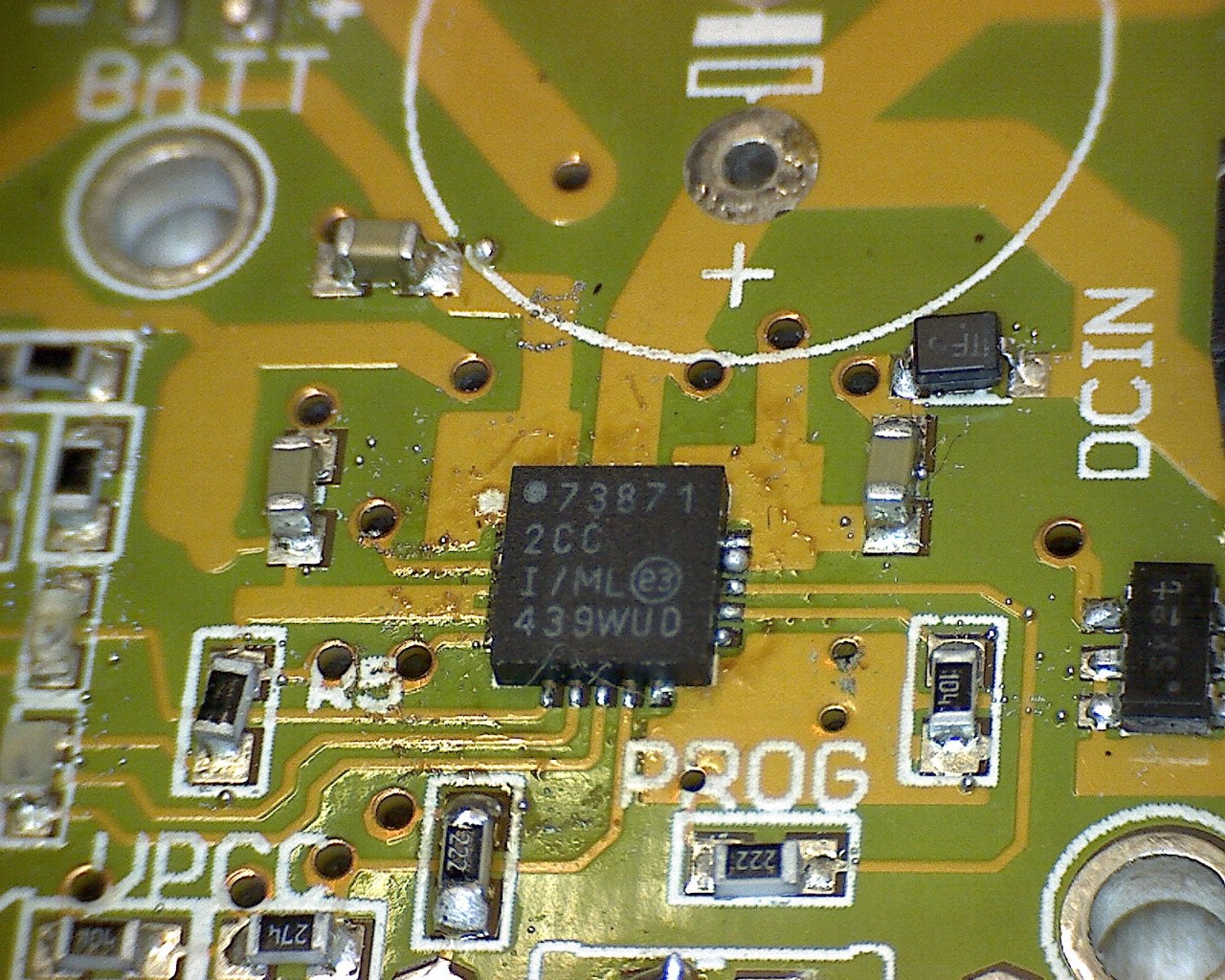

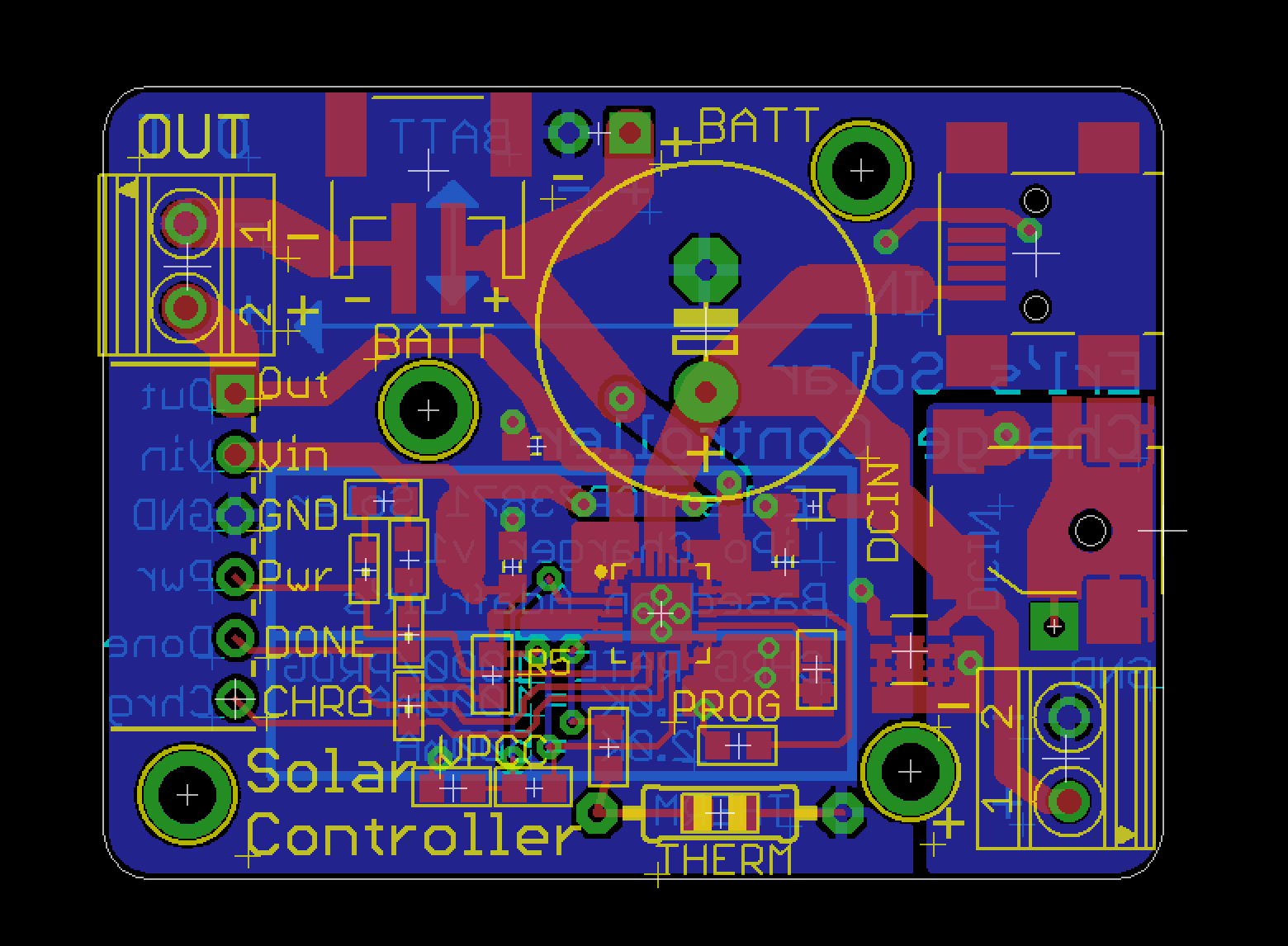
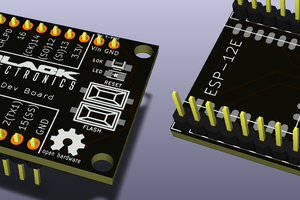
 Hemal Chevli
Hemal Chevli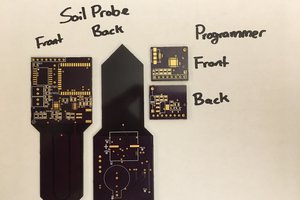
 Colin McAllister
Colin McAllister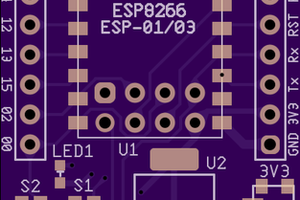
 drewrisinger
drewrisinger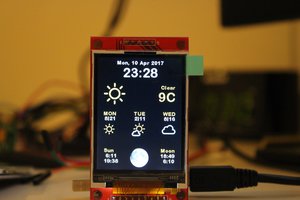
 Miroslav Zuzelka
Miroslav Zuzelka